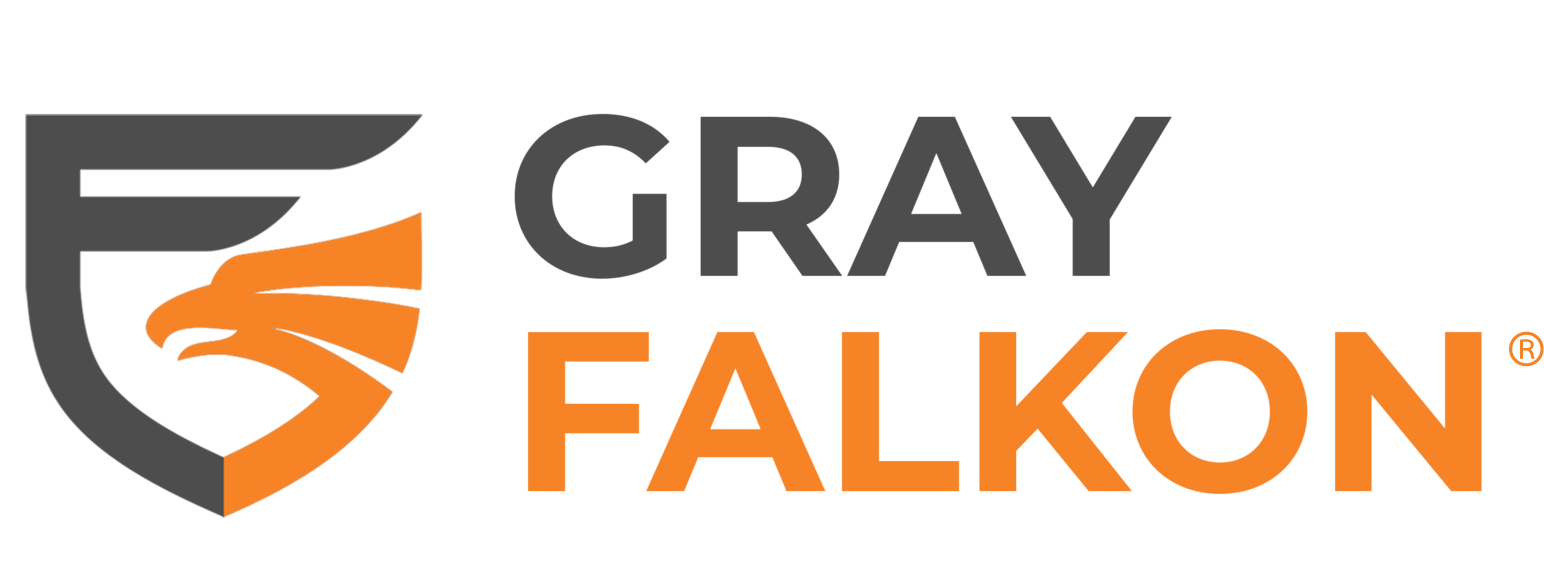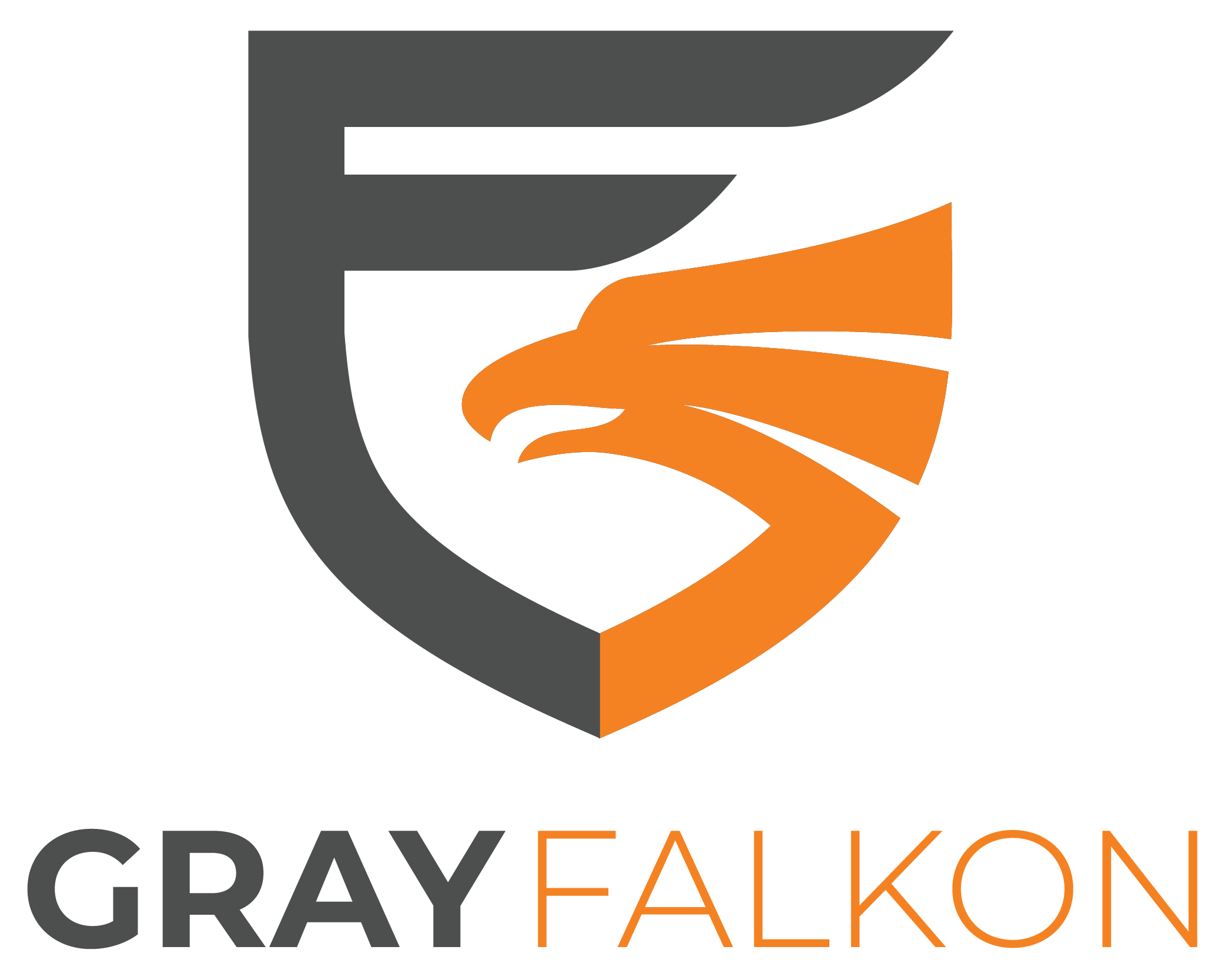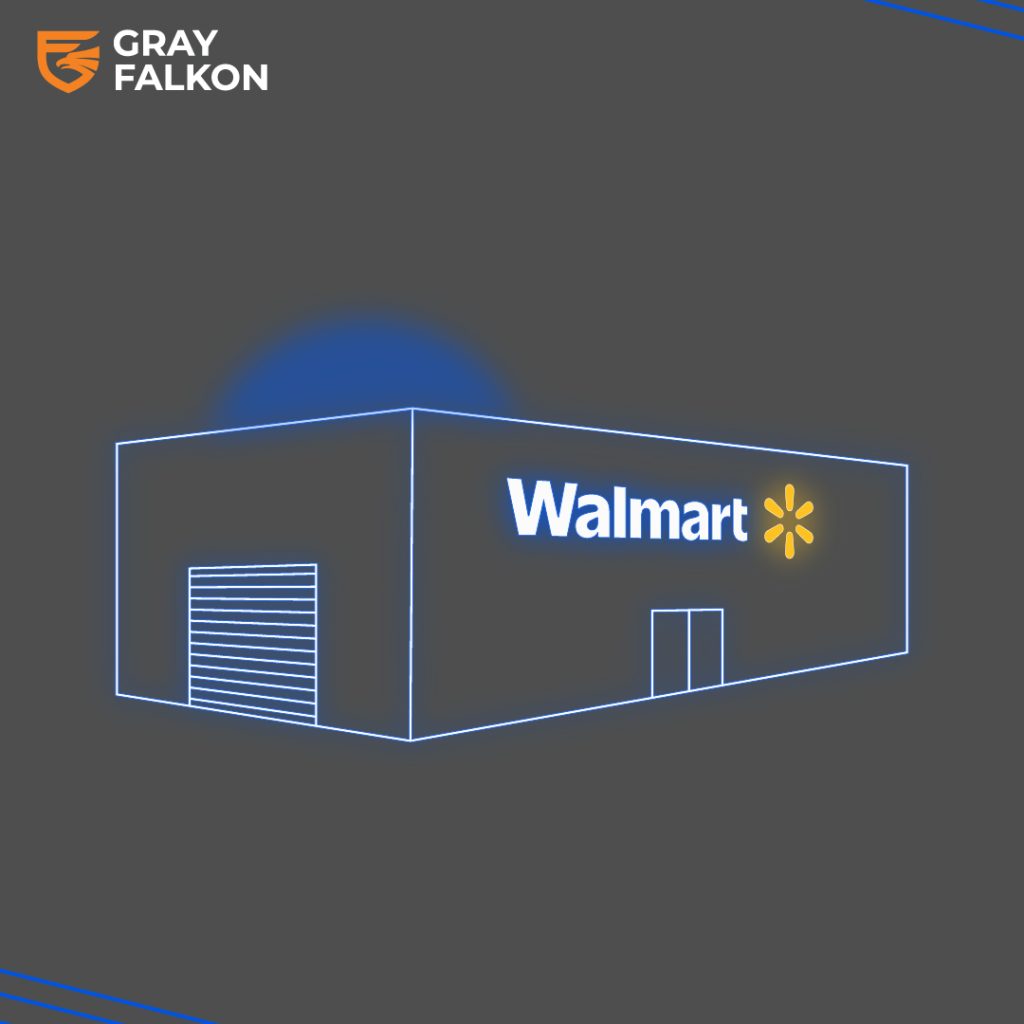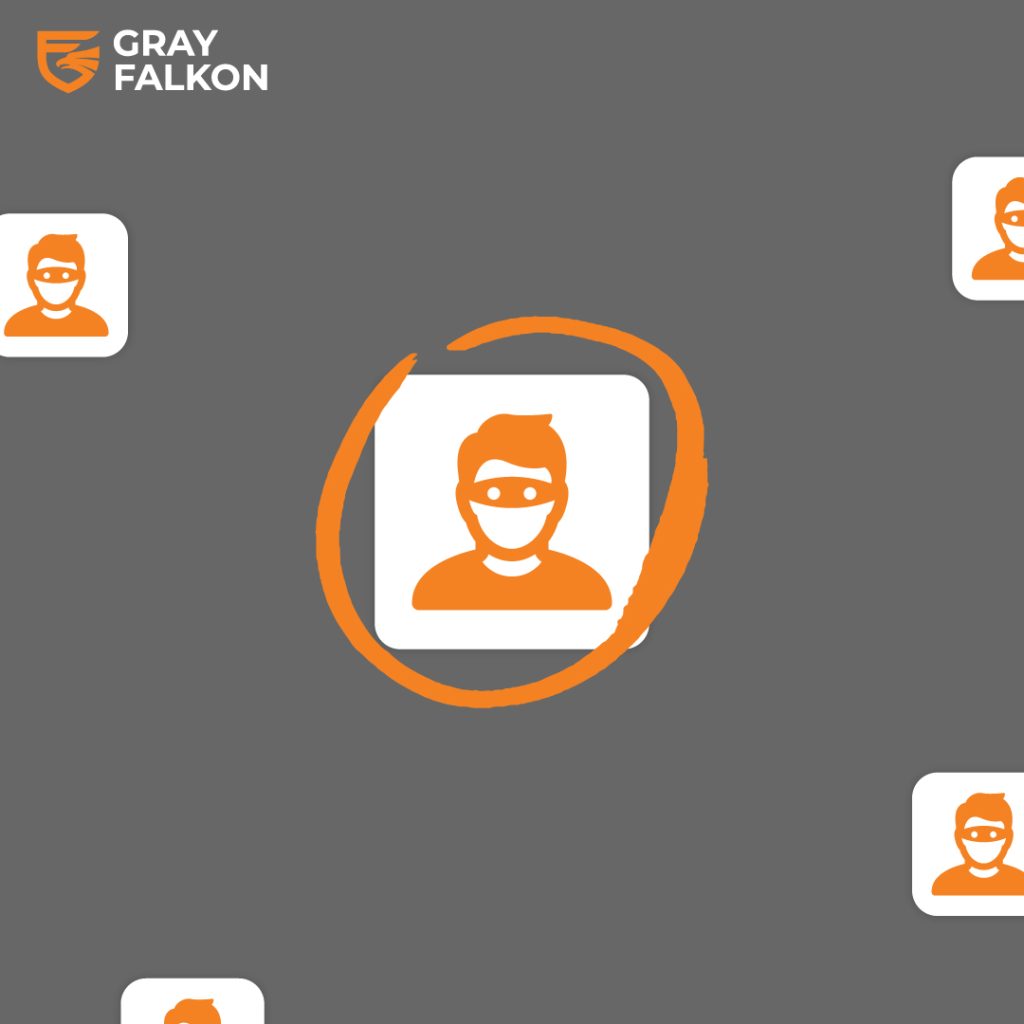
In the digital age, where online marketplaces have become the cornerstone of global commerce, a new adversary has emerged, casting a long shadow over the integrity of online transactions; organized retail crime. These sophisticated criminal networks, as revealed in Amazon’s 2023 Brand Protection Report, not only undermine the efforts to maintain marketplace integrity but also pose a significant threat to consumer trust and brand reputation. Amazon’s commitment, exemplified by a staggering $1.2 billion investment to combat counterfeit products, underscores the severity of the issue. Yet, the challenge persists, growing in complexity and scale. A recent investigative report by CNBC has thrown light on a more insidious threat; organized retail crime rings. These are not isolated incidents of petty theft but well-orchestrated operations where groups systematically pilfer goods from major retailers such as Target, Ulta Beauty, and Sephora, only to resell them on platforms like Amazon.
As the digital marketplace continues to evolve, the imperative for brands to adopt a proactive stance has never been more critical. The introduction of advanced brand protection solutions, particularly those powered by artificial intelligence, offers a beacon of hope. Gray Falkon, with its pioneering AI-powered solution and dedicated Brand Success team, stands at the forefront of this battle, offering a robust defense mechanism for brands navigating the treacherous waters of online retail.
Let’s dive into the nuances of organized retail crime, the inherent risks to consumers and brands, and the indispensable role of AI-driven brand protection solutions in safeguarding the future of eCommerce.
The Scale of Organized Retail Crime
The specter of organized retail crime (ORC) looms large over the retail industry, presenting a multifaceted challenge that transcends simple theft. Recent investigations and reports shed light on the staggering scale of this issue, revealing a world where crime syndicates operate with a level of sophistication and coordination that rivals corporate enterprises.
The CNBC investigative report unveiled a disturbing facet of this criminal underworld, exposing how these networks pilfer merchandise from prominent retailers like Target, Ulta Beauty, and Sephora, to name a few, and funnel these goods into online marketplaces like Amazon. The financial impact is profound, with organized retail crime yielding an estimated $40.5 billion in illegal profits each year. One case highlighted in the report involved a criminal group that managed to sell $8 million worth of products stolen from Ulta Beauty on Amazon, spanning a decade.
The methods employed by these criminal rings are alarmingly advanced. Beyond mere theft, these organizations engage in sophisticated logistics, using rented properties to store their ill-gotten gains and deploying intricate repackaging processes to make the stolen goods appear legitimate. This level of organization not only facilitates the sale of stolen items on a large scale but also obscures the trail, making it challenging for law enforcement and companies to track and apprehend these offenders.
The impact of organized retail crime extends beyond the direct financial losses incurred by retailers. The resale of stolen goods on reputable online marketplaces muddies the waters of commerce, introducing risks and uncertainties that undermine the very foundation of trust that these platforms are built upon. For brands, the consequences are particularly severe, as the presence of stolen goods can dilute brand value, confuse consumers, and erode customer loyalty.
In light of these revelations, the imperative for a robust response is clear. While law enforcement and retailers grapple with the immediate challenges of organized retail crime, the role of technology, especially advanced analytics, and artificial intelligence, becomes pivotal in devising strategies that can stay one step ahead of these sophisticated criminal operations.
Challenges Faced by Brands and Marketplaces
The infiltration of organized retail crime into online marketplaces presents a formidable challenge for brands and the platforms themselves. These entities must navigate a complex landscape where the lines between legitimate and illicit commerce blur, posing significant risks to their operations and reputations.
For Brands:
Identification and Tracking: One of the primary challenges for brands is identifying and tracking stolen or counterfeit goods across vast online marketplaces. The volume of listings and the anonymity afforded to sellers make it difficult to pinpoint and address violations effectively.
Brand Image and Customer Trust: When consumers unknowingly purchase stolen or counterfeit goods, their trust in the brand can be severely damaged. This erosion of trust is compounded when customers receive products that are subpar, damaged, or not what they were advertised to be, directly impacting the brand’s image and customer loyalty.
Legal and Financial Repercussions: Brands face legal complexities and financial losses stemming from organized retail crime. There’s the direct loss from stolen goods, but also the broader impact on market pricing, brand value, and the cost associated with legal battles to protect intellectual property and brand integrity.
For Online Marketplaces:
Monitoring and Enforcement: Marketplaces like Amazon and Walmart are tasked with the effort of monitoring millions of listings, identifying and removing illicit ones, and taking action against fraudulent sellers. The sheer scale of this task, coupled with the sophisticated tactics employed by criminal rings, makes enforcement a daunting challenge.
Consumer Trust: Marketplaces depend on consumer trust to thrive. The prevalence of stolen or counterfeit goods can significantly undermine this trust, leading to a potential loss of customer base and revenue.
Regulatory Compliance: Online marketplaces must navigate a complex web of regulations designed to combat retail crime. Compliance is not just about avoiding penalties but also about maintaining a safe and trustworthy platform for users.
The convergence of these challenges necessitates a strategic and multifaceted approach. For brands, this means going beyond traditional protective measures and embracing advanced solutions that leverage technology to detect, analyze, and combat illicit activities. For marketplaces, it involves investing in robust systems that can scale with the vastness of their platforms, ensuring swift identification and action against violations.
Risks to Consumers and Brands
Organized retail crime not only affects the economic metrics of businesses but also poses significant risks to consumers and the long-term health of brands. Understanding these risks is crucial for developing effective strategies to combat this growing threat.
Consumer Risks:
Product Safety and Quality: When products are stolen and resold, there’s no guarantee that they’ve been stored or handled properly. This poses a risk to consumers who might end up purchasing compromised goods, especially concerning for products like consumables, cosmetics, or pharmaceuticals, where tampering or improper storage can lead to health hazards. Chocolate is a great example of a product that is commonly handled or stored improperly leading to compromised product.
Financial Loss and Fraud: Consumers can suffer financial loss when purchasing counterfeit or stolen items that are of inferior quality or not what they were represented to be. Additionally, engaging with fraudulent sellers can expose consumers to further financial scams and fraud.
Privacy and Security: Transactions with illegitimate sellers can jeopardize consumers’ personal and payment information, increasing the risk of identity theft and other digital security breaches.
Brand Risks:
Brand Reputation: The sale of counterfeit or stolen goods under a brand’s name can severely damage its reputation. Consumers associating poor quality or unsafe products with a brand can lead to a significant erosion of trust and loyalty.
Financial Impact: Beyond the direct loss from stolen merchandise, brands face financial impacts through diminished sales, potential legal costs, and the need for increased investment in brand protection and consumer education.
Market Position and Competitive Edge: Persistent issues with counterfeit or stolen goods can undermine a brand’s position in the market, affecting its competitive edge and potentially leading to a loss of market share.
The intertwined risks to consumers and brands underscore the necessity for a robust and proactive approach to brand protection. Advanced technologies and AI-driven solutions can play a pivotal role in identifying and mitigating these risks, providing brands with the tools needed to protect their consumers and their reputations.
Gray Falkon’s AI-Powered Brand Protection Solution
In the digital marketplace, where traditional monitoring methods fall short against the scale of organized retail crime, AI-powered brand protection solutions stand as a beacon of innovation and efficacy. Gray Falkon’s solution exemplifies this new era of brand protection, offering comprehensive and proactive defense mechanisms for brands navigating the complexities of online retail.
Advanced Detection with AI and Machine Learning:
Gray Falkon harnesses the power of artificial intelligence and machine learning to monitor and analyze vast amounts of data across online marketplaces. This technology can detect patterns and anomalies indicative of counterfeit, stolen, and gray market goods, enabling rapid identification of potential threats. Unlike manual monitoring, AI can sift through data with unmatched speed and accuracy, providing real-time alerts and insights.
Proactive Brand Protection Measures:
Beyond detection, Gray Falkon’s solution is designed to take proactive steps in brand protection. Upon identifying a potential threat, the technology initiates automated processes to address the issue. This includes notifying the unauthorized seller of the policy violation and working with the eCommerce platform to take action This approach not only mitigates immediate threats but also deters future violations.
Comprehensive Coverage Across Online Marketplaces:
Gray Falkon’s technology is not limited to a single platform; it provides brand protection across major online marketplaces including Amazon, Walmart, eBay, and more. This holistic coverage is essential in today’s interconnected eCommerce environment, where criminals can quickly shift their operations from one site to another.
Brand Success Team Support:
Complementing the AI technology, Gray Falkon offers a dedicated Brand Success manager that works alongside the AI solution. This provides a human touch, offering strategic guidance, customizing protection plans, and ensuring that the brand’s unique needs are met. The synergy ensures a robust and responsive brand protection strategy alongside a strategic expert for eCommerce planning.
Join The Fight Against Organized Retail Crime
The threat posed by organized retail crime is not just a fleeting concern but a persistent challenge that demands innovative and robust solutions. The detrimental impact of these criminal activities on brands and consumers alike underscores the urgency of adopting advanced protective measures.
Gray Falkon stands at the forefront of this battle, offering an AI-powered brand protection solution that is not merely reactive but distinctly proactive. By harnessing the capabilities of artificial intelligence and machine learning, Gray Falkon provides brands with an unparalleled defense mechanism, capable of detecting, analyzing, and neutralizing threats efficiently.
The fight against organized retail crime is ongoing, but with Gray Falkon leading the charge, brands have a powerful ally in their corner. Schedule a demo today and take a definitive step towards securing your brand’s future in the face of evolving threats.





